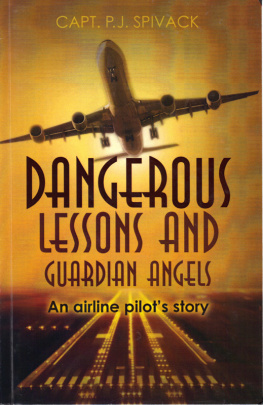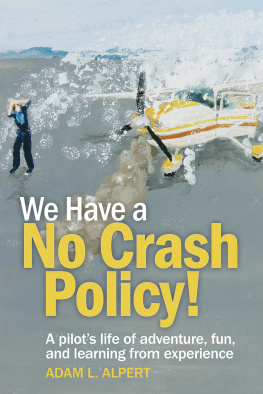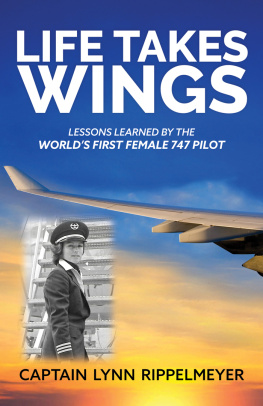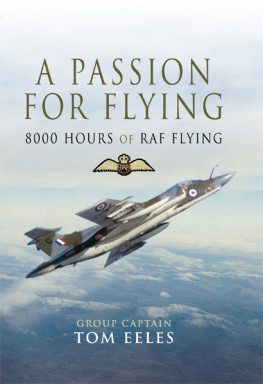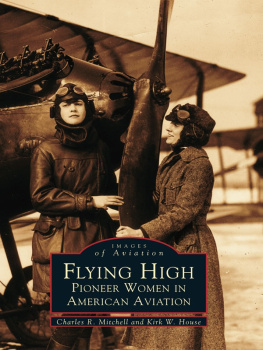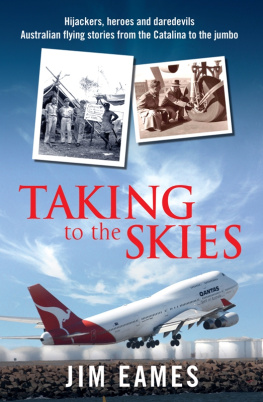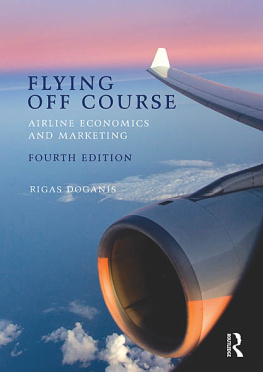DANGEROUS LESSONS
AND
GUARDIAN ANGELS

AN AIRLINE PILOT'S STORY
CAPTAIN PJ SPIVACK
Copyright 2011 by PJ Spivack
All rights reserved, including the right of reproduction in whole or in part in any form.
ISBN: 0615588204
ISBN: 13: 9780615588209
eBook ISBN: 978-1-62112-753-6
Library of Congress Control Number: 2012930552
Belle Aire Aviation Press
There must be a place where old pilots go,
When their wings become heavy, when their airspeed gets low,
Where the whiskey is old, and the women are young,
And songs about flying and dying are sung.
Where you'd see all the fellows who'd 'flown west' before,
And they'd call out your name, as you came through the door,
Who would buy you a drink, if your thirst should be bad,
And relate to the others, "He was quite a good lad!"
Captain Michael J. Larkin, TWA (Ret.), 'Air Line Pilot' magazine, February 1995
In Memoriam
To fly west, my friend, is a flight we must all take for a final check.
-- author unknown
Capt. Fred Bahr- United
Capt. Tony Berko- Capitol
Capt. Robert Bioren-Northwest
Capt. Dave Clapp-ONA
Capt. Gene Duffy- Capitol
Capt. Albert Eisenhut-Atlantis
Capt. E.S. Fox- Capitol
Capt. G.F. Harman-Capitol
Capt. R. Hosford-Capitol
Capt. J.R. Lagerquist- Capitol
Capt. W. Leeman-Capitol
Capt. C. Lewis-Capitol
Capt. August Martin-Seaboard
Capt. R. McNulty-Capitol
Capt. R.L. Moon- Capitol
Capt. G.J. Musante-Capitol
Capt. F.J. OConnell-Capitol
Capt. Lucien Picket- US Airways (Germany)
Capt. W. Reid-Capitol
Capt. John Rogers-Capitol
Capt. Pete Rozday-Capitol
Capt. Johnny Sossaman-Capitol
Capt. Gerald Smallwood- ONA
Capt. Sy Weiner-ONA
Capt. Hank Wharton- Biafra
Capt. D. Wilson-Capitol
In Memoriam
Pilot George Carl
Pilot Ed Golden
Pilot John Harpole- FAA Air Carrier inspector
Pilot Bruce Whippo
Pilot Athal Williams
__________________________________
To Renee, Sam, and Barbara
This is how the flying was!
ACKNOWLEDGEMENTS
W ho can write a book and not think of the people along that journey who generously helped, prodded, and gave moral support whenever needed.
Sincere thanks to Dick Croy, and Arlene Usander for their expertise in editing.
My gratitude to Barbara for reading and re-reading the manuscript in order to help make it the best it could be.
PJS
IMPRESSIONS OF A PILOT
Flight is freedom in its purest form,
To dance with the clouds which follow a storm;
To roll and glide, to wheel and spin,
To feel the joy that swells within;
To leave the earth with its troubles and fly,
And know the warmth of a clear spring sky;
Then back to earth at the end of a day,
Released from the tensions which melted away.
Should my end come while I am in flight,
Whether brightest day or darkest night;
Spare me your pity and shrug off the pain,
Secure in the knowledge that I'd do it again;
For each of us is created to die,
And within me I know,
I was born to fly.
G. Claude Stokor
For an airline pilot, flight is one of the most exciting endeavors imaginable. When we take flight, we are transported into another dimension the moment the wheels leave the ground. Yes, there are rules and regulations to guide us, but the safe outcome of leaving and returning to Mother Earth rests with the pilot. Though largely masters of our own fate, we are often responsible for the fate of hundreds of other lives in addition to our own.
This book contains many stories, all true. Some are amusing; others are sobering, even frightening. They have been told, for the most part, in the chronological order that they appear in my pilot logbooks. When you read them, keep in mind that many of the airlines I flew for were so-called non-scheduled (charter) airlines. To have survived thirty-five years of piloting with non-scheduled airlines during the '60s, '70s, '80s, and '90s, one had to learn strategies for dodging bullets, both figuratively and occasionally literally, along the way.
These non-scheduled airlines typically flew older models of aircraft, often to unfamiliar airports, some with poor instrument approaches. They employed fewer ground support staff and, in many cases, performed the absolute minimum maintenance required by the FAA. Thus, in those years, non-scheduled airlines tended to experience a higher percentage of incidents or accidents than the scheduled airlines. Many of the stories in this book are a result of such issues.
Airline operations have dramatically changed since the 1960s, when the airline captain was in charge of the airplane in every way, his authority never challenged. All of that has changed now. Innovations in airplane technology, onboard computers, CRM (crew resource management), unions, and new government regulations and procedures have dramatically changed the manner in which an airline captain conducts his or her flight today. Nonetheless, having discussed these changes with many older captains, I can say that most of the older pilots, and many passengers as well, remember those early years with great fondness.
Airplanes have become more reliable. Engine failure and shutdown rates have declined dramatically with the perfection of the jet engine. Aircraft navigation has likewise improved immensely. Flying an ILS (instrument landing system) or GPS (global positioning system) approach is many times safer then flying an NDB (non-directional beacon) approach of the 1960s.
In 1975, I flew my very first transatlantic flight as captain of a DC-8 four-engine jet, with 250 passengers onboard. During that flight, I experienced a complete hydraulic system failure, which required an emergency landing. I made the landing with no landing flaps, hydraulic brakes, or hydraulic flight controls. It was trial by fire for a new captainand so it seemed to go throughout my airline career. Fortunately, with each experience, or dangerous lesson, I seemed to become more prepared for the next. An old friend who was an experienced airline pilot, Captain "Shotgun" Hill, told me long ago, "I'd rather be lucky than good!" "Shotgun" Hill was right about being lucky, although I would add that it wouldn't hurt to have a guardian angel as well.
As I look back on my aviation career, I can say that it was a very satisfying, fun-filled, and adventurous experience. Perhaps far more importantly, however, I am proud to state that during my ten million miles of airline flying, I flew every one of the more than one million passengers safely to their destinations.
I hope this book helps to serve as inspiration for anyone considering a career in aviation. To this end, based on the author's thirty-five years of airline flying experience, the Afterword is dedicated to charting a course toward an airline career. If that's your aim, be persistent and never give up.
For the record, I have changed the names of some of the people in these stories to either protect their privacy, or as in a few cases where the story may be construed to have reflected in a less than positive way.
Dangerous Lessons
AND
Guardian Angels

An Airline Pilot's Story

I t's a drizzly morning here in Seattle. I'm looking out the window of my den, and my mind is wandering. I think for a moment about some of the highlights of my career as an airline pilotand then I remember an event from another rainy morning.
Next page
